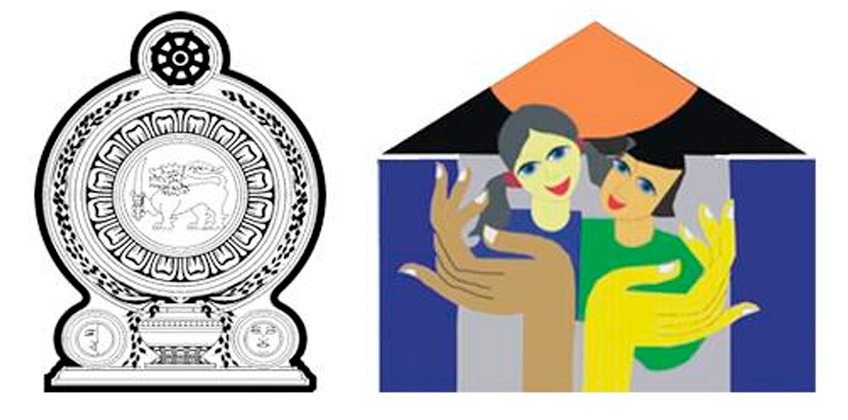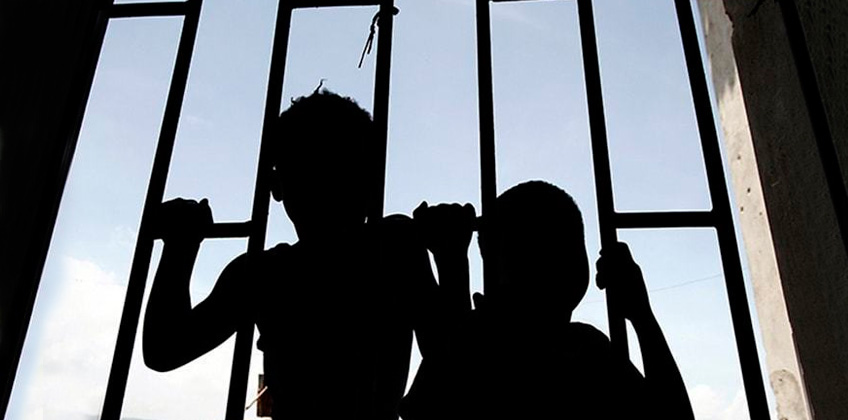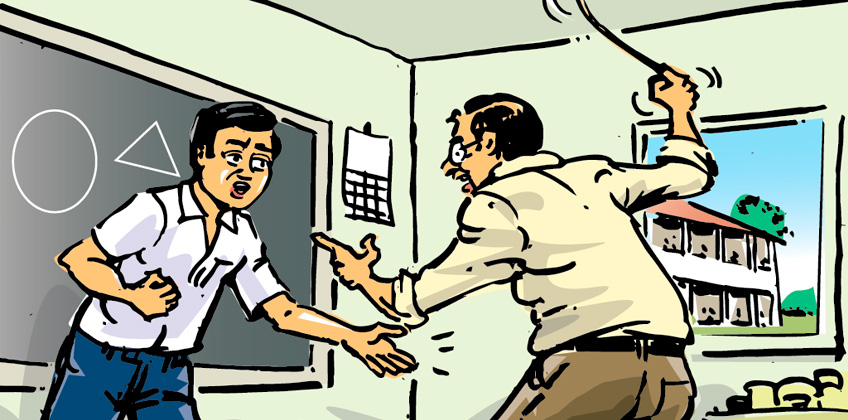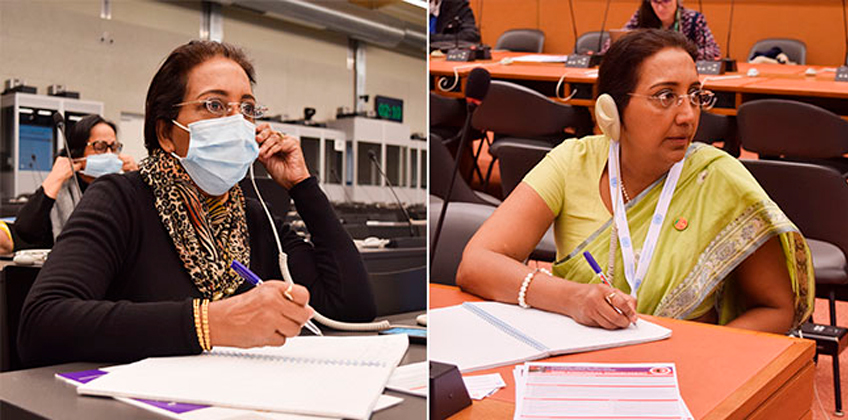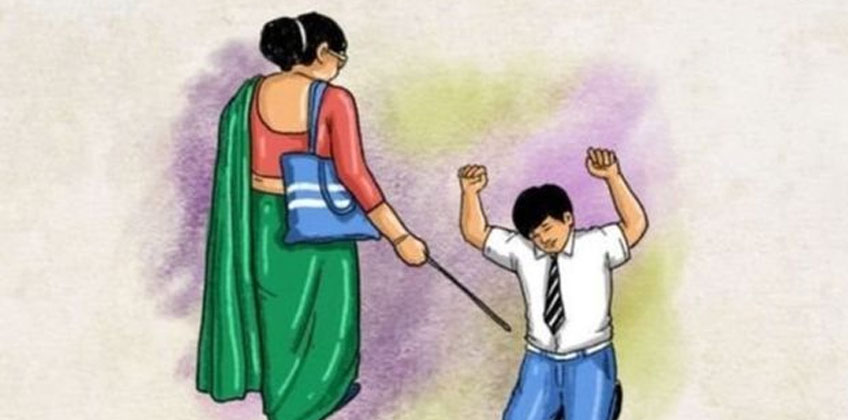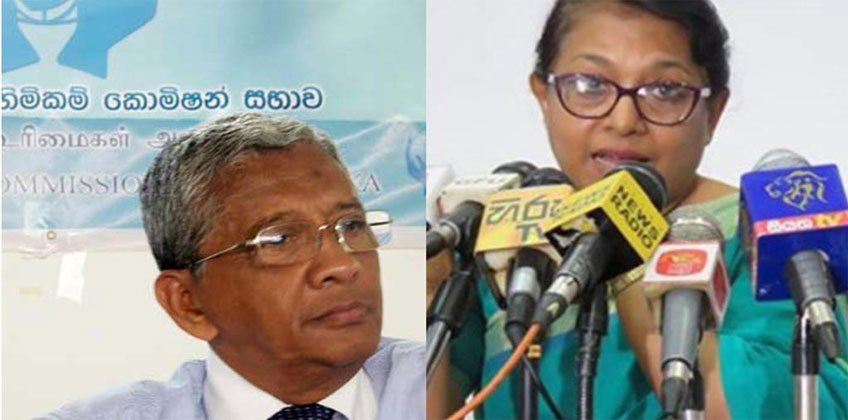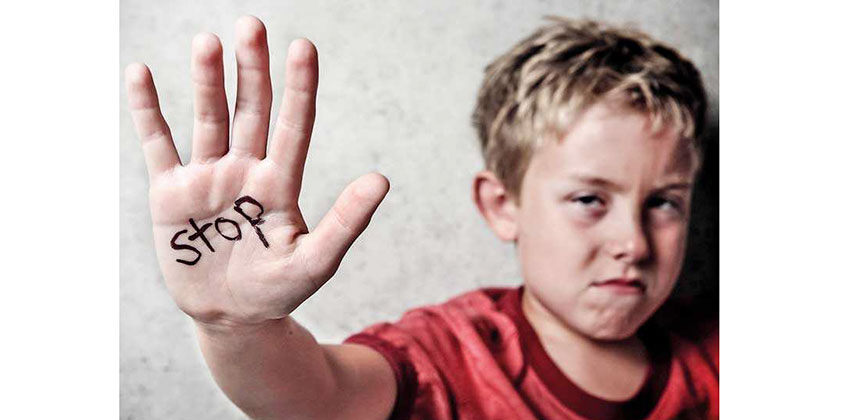
What is corporal punishment?
In the report ‘Violence against Children in the Home and Family’, it states that corporal punishment also includes the following:
- hitting (smacking, slapping, spanking, caning) children, with the hand or with an implement – whip, stick, belt, shoe, wooden spoon, and so on;
- kicking, shaking or throwing children;
- scratching, pinching, biting, pulling hair or boxing ears;
- forcing children to stay in uncomfortable or undignified positions or to take excessive exercise;
- burning, scalding or forced ingestion (for example, washing children’s mouths out with soap or forcing them to swallow hot spices).
The reasons students get punished at school:
Not doing homework
Being late to school
Not adhering to the school dress code
Not concentrating in the class when being taught
Disturbing the proceeding of the class
Not cleaning the class
Damaging school property
Climbing trees
Plucking fruits without permission
Not bringing supplies for school
activities
Not paying school fees
Arguments and fights between
students
General disobedience
Stealing
Love affairs
Substance use
By Shanika Sriyananda
The eight-year-old girl was dragged to school by her mother on her way to the office, every morning. Once a bright student, who loved to go to school, she suddenly refused to go to school and had spent most of her time lying on the bed without doing her homework. Instead of red marks, she got several black marks for her class assignments. Until the day she cried with a severe pain in her right ear, the parents were clueless about the new behaviour of their only child.
“Our mathematics teacher is pulling my ear and hair when I make errors in maths. She often does it and it hurts me a lot,” Thurrya (name changed) said to the doctor when he was asking what happened to her ear with scratch marks and red spots.
Being government servants, her parents didn’t want to make a complaint against the teacher who would be her mathematics teacher up to grade eight.
“We couldn’t change the school as we put her to this popular school after a tough competition,” says her father, who started taking her to a tuition class to avoid the teacher’s harassment. But she never became the same studious and happy student.
She is now in grade six and getting low marks for most subjects while occasionally complaining of a sudden pain in her right ear. “She has lost her interest in studies after being punishing repeatedly. She is not active and creative. The teacher has cornered her as a ‘duruwala lamayek’ (Child who performs poorly in studies),” Ramya (name changed) her mother says, becoming emotional.
Somewhere in Sri Lanka, there is a child, like Thurrya crying silently with emotional and physical wounds caused due to punishment at school. With a few numbers of reported cases of children being victimised to the punishment given by teachers at schools, one might think that there are no laws against Corporal Punishment (CP) and it is not banned in Sri Lanka and the teachers are allowed to correct their students using canes or other forms of harmful punishment.
But, in Sri Lanka, in which CP is a punishable offence under its laws and banned by the Ministry of Education, sadly and surprisingly still it is happening in schools while the authorities are paying a blind eye deliberately or not.
Can disciplining a child for an ‘unaccepted behaviour’ or neglecting homework or a learning difficulty, be a verbal reprimand or infliction of a physical pain? Can the method of punishment be harmful while non-harmful positive methods are there to correct a child? Who can justify the anger or desperation of the caregiver – a teacher or a principal – who damages the future of a child? And why do the authorities concerned remain deaf and blind over the issue of CP, which needs urgent attention to have a violence-free society?
The two recent incidents – hitting a nine-year-old student of the Colombo Royal College by his Eastern Music teacher with a musical instrument and damaging his nerves and an 11-year-old girl from an international school was told to kneel down before a teacher – have shed light on the silent cries of victims of CP, that made a loud plea to President Maithripala Sirisena to impose a ‘true’ ban on CP in schools by 2020.
According to 2016 data, 46 states have prohibited corporal punishment in all settings including the home but 21 do not prohibit corporal punishment in any setting. The majority of 131 countries have prohibited it in one or more settings outside the home (alternative care settings, day care, schools, the penal system); 126 have prohibited it in all their schools. 152 states have yet to prohibit all corporal punishment in the home, 145 in alternative care settings and day care, 72 in all schools, 63 in penal institutions, and 36 as a sentence for crime.
The Committee on the Rights of the Child, in its General Comment No. 8, adopted in 2008 defines ‘corporal’ or ‘physical’ punishment as ‘any punishment in which physical force is used and intended to cause some degree of pain or discomfort, however light’.
Despite the fact that Sri Lanka has ratified the United Nations Convention on the Rights of the Child in 1991 becoming a member among 59 other member States, the country is yet to act strongly against CP to prevent harming its children.
The UNICEF defines it as the violent psychological discipline to include the use of verbal aggression, threats, intimidation, denigration, ridicule, guilt, humiliation, withdrawal of love or emotional manipulation to control children.
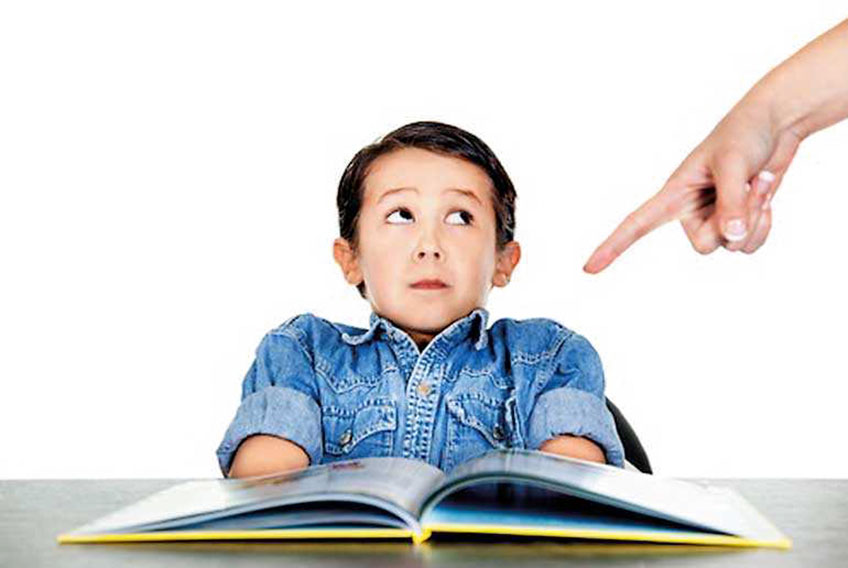
CP causes long-term damages in children’s lives
Some researchers state that CP is used with two objectives – the use of physical force with the intention of causing a child to experience pain, but not injury’, and ‘for the purpose of correction or control of the child’s behaviour’. Several researches are available to prove that CP causes long-term damages in children’s lives.
Two significant studies done by the UNICEF in 2010 and 2014 had found that CP was mainly used as a disciplinary measure. The 2010 UNICEF report states that enormous numbers of children have experienced corporal punishment in their homes, schools, care settings and the penal system in all parts of the world. “A large-scale study conducted by UNICEF about child discipline at the households in relation to, over 30 low- and middle-income countries, revealed that, an average of 75% of children have experienced violent discipline, with 17% experiencing severe physical punishment (being hit or slapped on the face, head or ears or being continually assaulted with an implement),” it states.
The UNICEF study done in 2014 had revealed that many children around the world are exposed to severe forms of physical punishments; An average of about 6 in 10 children worldwide (almost 1 billion) between the ages of 2 and 14 are subjected to physical (corporal) punishment by their caregivers on a regular basis. For the most part, children are exposed to a combination of physical punishment and psychological aggression. The most severe forms of corporal punishment – hitting a child on the head, ears or face or hitting a child hard and repeatedly – are less common overall: On average, about 17% of children in 58 countries experience these harsh practices. In 23 countries, severe physical punishment is widespread, affecting more than one in five children.
The situation related to CP in Sri Lanka is still bleak with most of the cases of physical harm to correct children going un-reported mainly due to the repercussions that will be faced by the victims afterward.
The study on ‘Child Disciplinary Methods Practiced in Schools in Sri Lanka’ released in May 2017 by the National Child Protection Authority has revealed that 80.4% of students (762) out of 948 students in six districts had been subjected to at least one method of CP in the past term.
The study led by Prof. Harendra de Silva was conducted in six districts – Colombo, Galle, Monaragala, Trincomalee, Mullaitivu, and Nuwara Eliya and it represented schools from different ethnicities, sectors (urban, rural, estate), and administrative structures (government, private and special education schools) in the country.
Corporal punishment and psychological aggression highly prevalent in Sri Lankan schools
It has found that both the quantitative and qualitative studies indicated that the use of corporal punishment and psychological aggression was highly prevalent in Sri Lankan schools. Unfortunately, most teachers and principals believe in the efficacy of corporal punishment.
According to the study, the use of a cane, stick or a piece of wood to punish students was seen across all six districts and when a cane was not readily available, teachers used a stick or a piece of wood instead.
“In the use of the cane, stick or wood, hitting the palm was the most favoured method followed by hitting the back or the legs. In the instances where there was no cane or stick, few teachers used their bare hands. However, this was not a frequent occurrence and was used only by certain teachers,” the report revealed.
However, slapping the face and knocking on the head with the knuckles was also used, but only a few teachers used this strategy while some female teachers used pinching as in a limited number of schools and instances of squeezing the ear, holding the student up from the ears, severe spanking, kicking, pushing against the walls or tables were also reported.
Principals in the districts of Mullaitivu and Nuwara Eliya appeared to be very strict and used severe corporal punishment even for minor misbehaviour.
According to the report, the common reasons that students get punished are not doing homework, not adhering to the school dress code and having a love affair.
An important finding of this study was the poor knowledge of teachers and educational administrators on the legal, regulatory and administrative framework and procedures in disciplining children.
While studies on CP in Sri Lanka is insufficient and most of those studies have came up with the psychological aspects of the problem, Dr. Priyanjali De Zoyza in the study – ‘The prevalence of Sri Lankan children’s experience of parental physical punishment and their attitudes towards its use’ – emphasises the prevalence of the high number of physical use of force on children by parents as a disciplinary measure.
Her study involving 1,226 children with an average age of 12 has found that 52.3% were physically punished by their parents at least weekly, and 70% had been physically punished by their parents in the past year. On average, the children had experienced physical punishment 12 times during the past year. The most common form of physical punishment was being pulled by the ear.
In a startling revelation of her study was that over 1,200 12-year-olds in Sri Lanka found that CP was significantly associated with physical abuse.
Another important study titled ‘Children who were subjected to physical chastisement’ done by W.M.A.S. Jayasena and M.D.S. Perera with 18 children referred to Medico-Legal Unit of the Matale Hospital had found that CP was the commonest form of disciplinary methods used in homes and schools. This study carried out with the objective of analysing the injuries to children due to CP had found that the incidences of CP among school children showed a significant increase in the study sample. It was revealed that the CP was the commonest presentation in children subjected to physical chastisement in the study sample.
Although there is no full ban or prohibition regarding CP, Penal Code of Sri Lanka clearly states that CP is unlawful and similar to a crime. The Section 82 of the Penal Code Ordinance No. 2 of 1883 making a specific reference to the issue of CP on children states that the acts ‘done in good faith for the benefit of a person under 12 years of age or a person of unsound mind, by or by consent of the guardian or other person having lawful charge of that person, to be not an offence by reason of any harm caused or intended to be caused or known to have been likely to caused, to the person concerned’.
Further, in the Penal Code (Amendment) Act, No. 22 of 1995 has made ‘Cruelty to children’ an offense under the new section 308A added into the Code providing protection to children below 18 years of age from various forms of violence. It spells out as below:
(1) whoever, having the custody, charge or care of any person under 18 years of age, wilfully assaults, ill-treats, manner likely to cause him suffering or injury to health (including injury to, or loss of, sight at hearing, or limb or organ of the body neglects, or abandons such person or causes or procures such person to be assaulted, ill-treated, neglected or abandoned in or any mental derangement) commits the offence of cruelty to children.
Former Additional Secretary – Legal, Ministry of Justice, Attorney at law Anusha Abeywickrama-Munasinghe in her study ‘Review of laws against corporal punishment in Sri Lanka’ has explained the laws introduced to protect children in schools. It was said that the Education Ordinance was introduced in 1939 with the objective of ‘making better provision for education’.
“In terms of powers specified in Section 56 (4), courts were permitted to impose corporal punishments in respect of children who were continuously absent from school or associated with people who were known as disorderly, immoral or has a criminal record. According to the powers granted to Magistrate by section 56 (2) he may order such child, if a male, to be caned in accordance with the Corporal Punishment Ordinance but the Corporal Punishment Ordinance was repealed by the Corporal Punishment (Repeal) Act No: 23 of 2005”, the report explained.
Further, the Section 341 of the Penal Code sets out the offense relating to the use of ‘criminal force’ and the instances which would amount to criminal force and according to illustration (I), schoolmasters are granted permission to inflict corporal punishment on students; (i) A, a schoolmaster, in the reasonable exercise of his discretion as master, flogs B, one of his scholars. A does not use criminal force to B, because, although A intends to cause fear and annoyance to B, he does not use force illegally.
“Considering the outcome of the above, it cannot be considered as a section which provides protection to children,” she has stated in the report.
The report has also looked into the measures taken related to CP, which was introduced earlier to make the management of educational institutions easy. The Circular E36, which was the first Circular related to CP, was issued in 1927 by the Ministry of Education and according to the study the Circular had stated that corporal punishment should not be inflicted except in grave misconduct or habitual idleness, when other methods of punishment have been tried out without effect.
It was specifically stated that corporal punishment should not be inflicted for ordinary cases such as neglect of studies. In the Circular, it reminded teachers that there is no surer sign of a teacher’s incapability than inability to maintain order and secure attention without the aid of corporal punishment.
In addition to the above, there were specific restrictions imposed on those who can inflict corporal punishment, including situations that corporal punishment can only be inflicted by the Headmaster of a school,” she explained in the study.
The Education Circular No. 11 of 2001 introduced after the Education Circular No. 26 of 1961, became a significant document as it was issued to safeguard children being subject to cruelty or any form of physical abuse, especially in relation to corporal punishment.
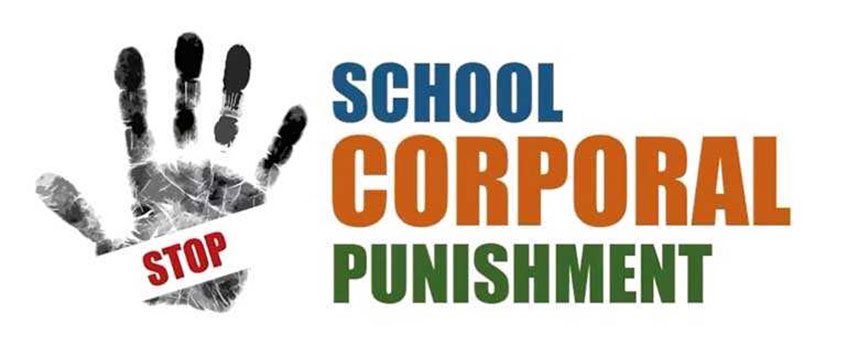
Giving advice to students instead of meting out physical punishment
“The significance of this Circular is that it has provided for certain alternative forms of discipline and steps that should be adhered to by the school administrators and teachers, in place of CP, including giving advice to students instead of meting out physical punishment and informing parents or guardians of the student concerned about the alleged breach,” the report stated.
The Education Circular No. 17 of 2005 imposed a total prohibition on corporal punishment in schools, but this has not been confirmed in legislation.
“It is worth mentioning that in all three Circulars referred above, inflicting corporal punishment on students was considered as a sign of teacher’s incapability to maintain order and secure the attention of children,” Abeywickrama-Munasinghe said in the report.
Most importantly, in her study, she has highlighted the provisions in the Constitution, which guaranteed freedom from torture in its Article 11.
“One of the Fundamental Rights guaranteed in the Article 11 of the Constitution is ‘freedom from torture’ and accordingly, no person shall be subjected to torture, cruel, inhuman or degrading treatment or punishment. Further, Article 12(4) of the Constitution indicates that the Article which sets out the fundamental rights to equality shall not prevent special provisions being made by law, subordinate legislation or executive action, for the advancement of women, children or disabled persons. Further, Article 27 (13) of the Constitution sets out an obligation for State to ‘promote with special care the interests of children’ as one of the Directive Principles,” she has noted.
Recommending to bring law reforms with the aim of prohibiting CP in every setting, she explained that there were neither constitutional barriers nor any other legal impediments prevailing to the enactment of any legislation or subordinate legislation to provide for the total ban on the infliction of CP against children, with certain legal mechanisms to ensure its full implementation.
According to the report, the Circular issued in 2005 has totally prohibited CP providing some alternative forms of discipline to be adopted in schools. With reports of CP given to students by school teachers and principals in the recent past proves that the guidelines in the circular have been ignored.
Abeywickrama-Munasinghe has recommended ensuring strict adherence to these circulars, especially the Circular issued in 2005 which has spelled out taking disciplinary action being taken against the teacher or the school principal, if they used CP to maintain discipline, by officers of the Ministry of Education under Part II of the Establishment Code. This is apart from he or she facing a fundamental rights case filed against him or her under Article 126 of the Constitution or prosecution being filed under section 308A of the Penal Code.
“A regulation is a written law which can be legally enforced by a court and have a legal validity similar to a law enacted by parliament,” she has stated in the Save the Children funded study, which emphasised the urgent need for adopting a zero tolerance State policy for CP and the necessity of taking immediate steps to eradicate CP from every setting.
She has also stated that the State policy should be implemented with sustainable goals and the aim of eradicating CP while providing the public with a knowledge to understand the harmful effects of CP.
Meanwhile, listing alternative disciplinary methods against CP, the latest Circular 12/2016 issued by the Ministry of Education in a bid to stop punishment that harms students mentally and physically, has warned not to use CP in all schools.
‘2030 Agenda for Sustainable Development’ target 16.2 on ending all forms of violence against children – is a new context for prohibiting and eliminating violent punishment of children.
The Committee on the Rights of the Child, General Comment No. 8, 2006, states that ‘eliminating violent and humiliating punishment of children, through law reform and other necessary measures, is an immediate and unqualified obligation of States parties’.
With researches proving that CP is no more an effective method of correcting a child and the negative harmful effects of CP, calls for ‘spare the rod’ grow more louder than ever to phase out cruelty at schools by bringing a total true ban on CP in schools in Sri Lanka.
“I still have a pain in my ear and marks behind my ear. I still shiver when maths teacher is coming to the class. I don’t want to do well in maths, otherwise she will go through my book and start hurting me again,” Thurrya says smiling innocently.
Thurrya, who was to be bloomed fully, is living with mental and physical scars while the perpetrator is still hurting other innocent children taking the cover under the ‘privilege’ – ‘archaic disciplining’ a child.
Time has come to renew the popular adage ‘spare the rod and spoil the child’ with ‘spare the rod and raise a happy child’ to correct the disobeying children by giving them positive punishment to create more mentally and physically sound children.



